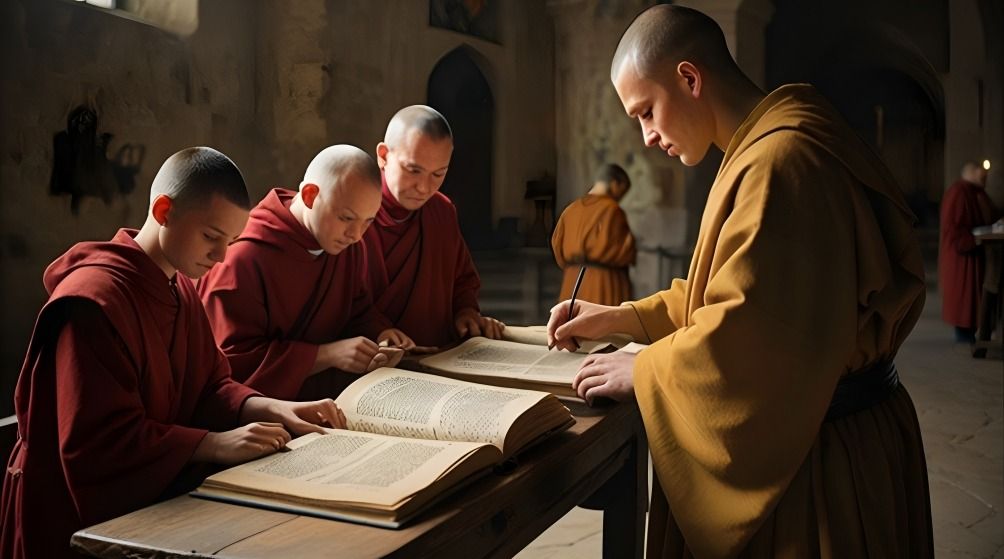
“
The Role of Monasticism in Preserving Knowledge was crucial during the Middle Ages, as monasteries became sanctuaries for ancient texts and wisdom. Monks dedicated their lives to copying manuscripts, ensuring that vital religious, philosophical, and scientific knowledge survived through turbulent times. They established schools within their monasteries, teaching literacy and scholarship, which laid the groundwork for future education systems. This blog delves into 20 intriguing facts about how monasticism played a fundamental role in safeguarding knowledge, shaping the intellectual landscape of Europe, and influencing cultural development. Join us as we explore this fascinating and impactful history.1
”
Monasticism played a vital role in keeping knowledge alive during the Middle Ages. Monks carefully copied and preserved ancient texts, including religious, scientific, and literary works, ensuring their survival.1
Monasteries became the main centers of learning in Europe after the fall of the Western Roman Empire. They kept education and literacy alive when many schools and libraries had disappeared.2
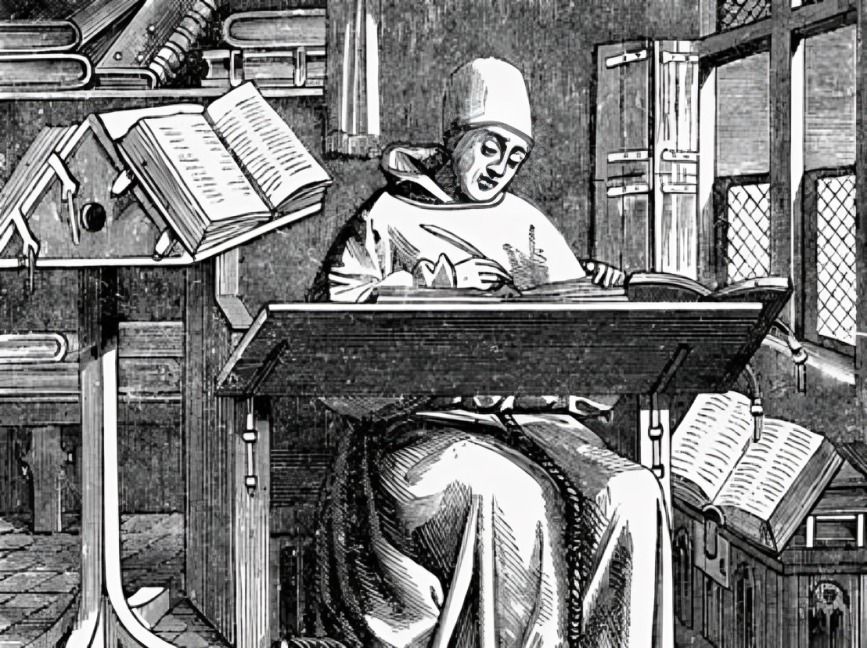
Monks worked in scriptoria, special rooms where they copied manuscripts by hand. This is how important works from authors like Aristotle and Plato survived through centuries of chaos.
Monks didn’t only preserve religious texts; they also copied medical, mathematical, and philosophical writings. These works later helped spark the Renaissance and a new era of learning in Europe.3
The Benedictine order, founded in the 6th century, was one of the most important in preserving knowledge. They combined work and study, becoming famous for their dedication to learning.4
Monastic libraries were incredible collections of knowledge, holding thousands of manuscripts. Without these libraries, much of the world’s ancient knowledge could have been lost forever.5
Irish monasteries were particularly important during the early Middle Ages. Irish monks traveled around Europe, spreading Christianity and bringing preserved classical knowledge with them.6
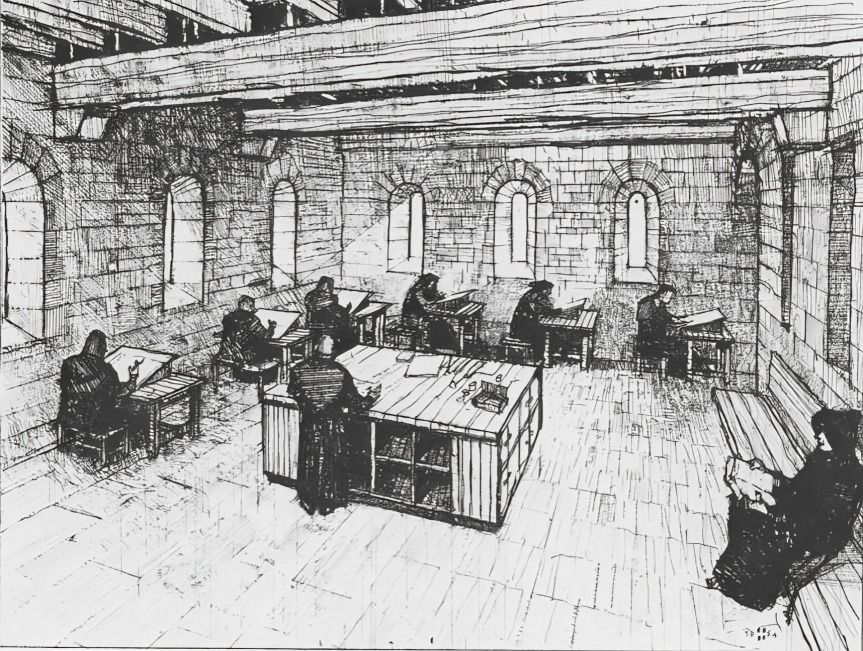
Monks didn’t just copy books—they also taught. Monasteries became places where young men were educated in grammar, rhetoric, logic, and even basic science like astronomy and medicine.
During the 8th and 9th centuries, Charlemagne encouraged monastic learning. This helped monasteries thrive as places of education, where Latin texts and ancient wisdom were carefully kept alive.7
When Europe faced political instability and invasions, monasteries provided a peaceful refuge for learning. They became safe spaces where monks could continue their work preserving knowledge.8
Copying manuscripts was a slow and careful process. Some monks spent years copying a single book, showing their dedication to preserving this precious knowledge for future generations.9
Before the invention of the printing press, monasteries were the only places producing books. Without their efforts, many ancient works would have disappeared entirely from history.10
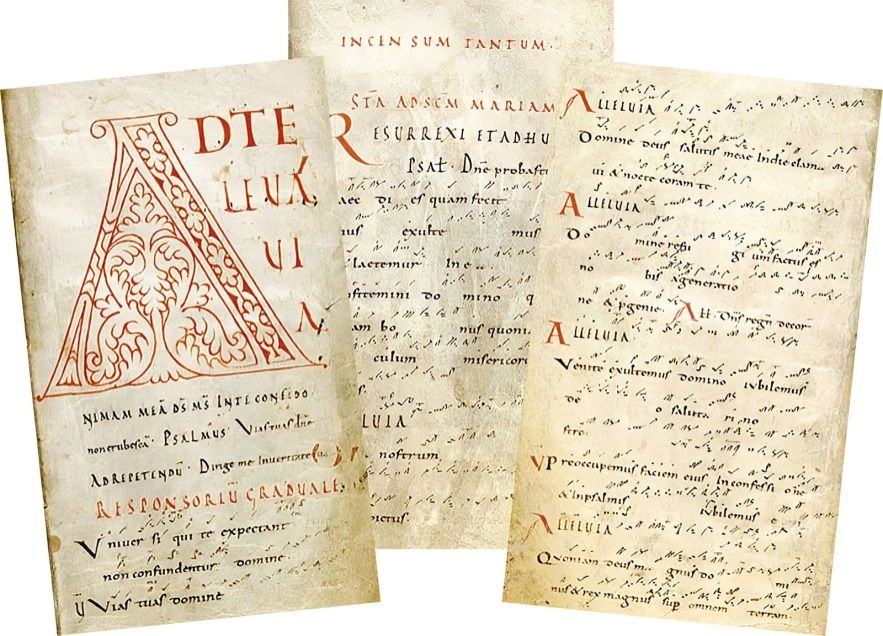
Many of the manuscripts we still have today survived only because monks copied them. Without their work, much of the ancient world’s knowledge would have been lost forever.
Monks also added their own thoughts to the books they copied. They wrote commentaries, explanations, and sometimes translated works into different languages, helping spread knowledge further.11
The Venerable Bede, an English monk, wrote "The Ecclesiastical History of the English People" in the 8th century. His work shows how monks also recorded history and culture.12
Cistercian monasteries were not just famous for farming—they also had large libraries and scriptoria, where monks continued the tradition of copying and preserving important texts.13
Monks traveled across Europe to spread Christianity, and they took their books with them. This helped share both religious and classical knowledge with many different regions. 14
Monks didn’t only preserve Christian works. They also copied Islamic and Jewish texts that reached Europe during the Crusades, expanding Europe’s knowledge of other cultures and ideas.15
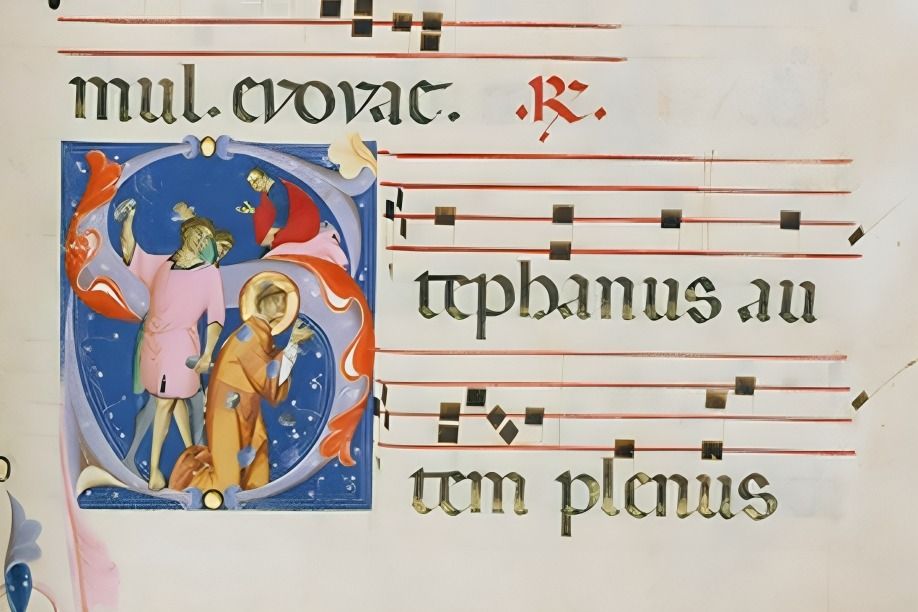
Monastic manuscripts weren’t just texts—they were also works of art. Monks decorated these books with beautiful illustrations, making their work not only educational but also artistically valuable.
The knowledge preserved in monasteries laid the foundation for Europe’s later intellectual achievements. These collections became the basis for the rise of universities and modern science.16


